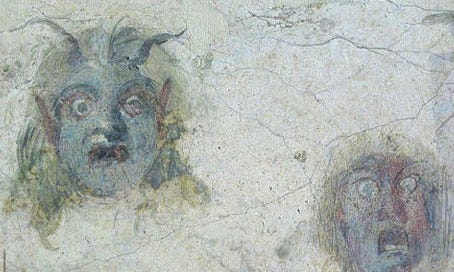I am the sort of person that gets unreasonably excited about autumn and October in particular. That is neither an interesting nor unique fact about me, but it is profoundly true nonetheless. It is not just because I get to read H.P. Lovecraft’s “October,” which I leap upon the first of this month each year; nor still is it because of the marathon of fan…
Keep reading with a 7-day free trial
Subscribe to A Perennial Digression to keep reading this post and get 7 days of free access to the full post archives.




